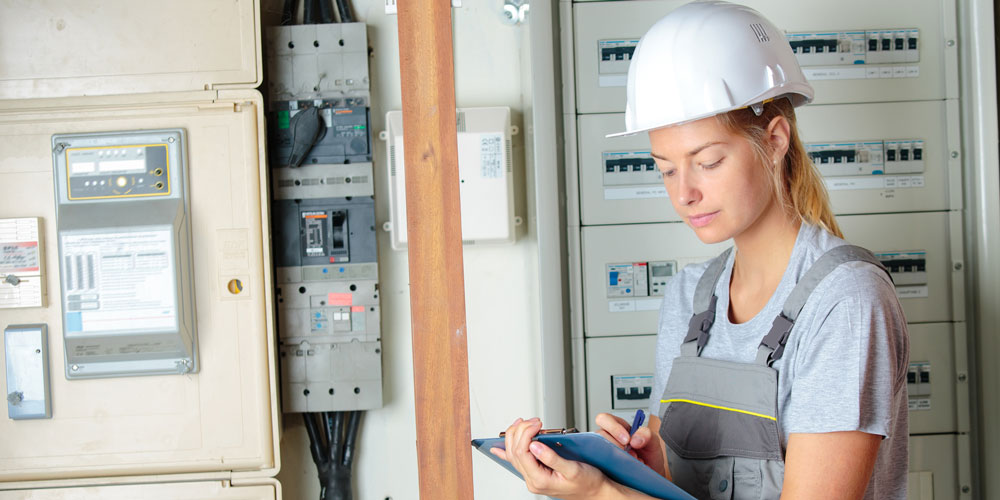Buildings have both direct and indirect impacts on the environment. Buildings generate waste, use raw materials, and energy during their demolition, construction, renovation, repurposing, and occupancy. Professionals in construction who encourage and support the design of “Green” (more sustainable) buildings rely on many available resources along with Leadership in Energy and Environmental Design (LEED) rating system. Making buildings 'Green' clearly helps in reducing the negative effect on environment.
Measure and Target and Measure Verification efforts enable us to determine what are the costs and savings of creating sustainable buildings and whether they have an impact on environment and human health as expected. When we learn what is most cost-effective and what has the most positive effect, we can fine tune our “Green” design strategies.
Measure and Target
Measure & Target is a process to meet the standards set by the LEEDS program. It consists of evaluating key components such as the sustainability or green characteristics of a building, its re-configurations, renovations, and upgrades. as well as its maintenance and operations. It also allows buildings to measure environmental results of green strategies related to green standards, certification, and rating programs. Some of those programs are:
- Building standards
Building standards are a set of criteria and guidelines against which a building’s performance can be judged. Organizations such as the American Society of Heating, Refrigerating and Air-Conditioning Engineers (ASHRAE), the American Society for Testing and Materials ASTM), and the American National Standards Institute (ANSI), have created standards related to building practices through consensus processes.
National governments have also created building standards with the intent of protecting the environment. The U.S. Environmental Protection Agency and U.S. Department of Energy that promotes energy efficiency. Energy Star provides information on the energy consumption of products and devices, using standardized methods. In Canada the Natural Resources ENERGY STAR certification program recognizes high performing buildings in Canada. Successful buildings can share their success with everyone who walks through their doors
- Green codes
Green building codes come in three formats:
Prescriptive - definitive, fast, and conservative approach to green code compliance.
Performance-based codes - these codes are designed to help achieve specific results rather than to meet prescribed requirements for building components.
Outcome-based codes - designed to help establish a target energy usage level and provide for reporting and measurement of energy to make sure that the building performs at the desired level.
- Green building certifications
Green building certifications are there to outline and confirm that a building meets a specific standard and offers various environmental benefits.
Measure and Verification
Measure and Verification is a systematic and formal process when old systems replace with newer ones to achieve better efficiency. It requires energy monitoring to see whether the new system has brought better ROI and savings. We can define the real or verified energy savings by comparing the estimated savings from an accepted energy model from the data collected through monitoring.
A systematic approach for all new and renovated buildings to meet these Green requirements is necessary. High-level measures provide an overall assessment of a building’s performance on the most critical parameters. It is a complex process that needs to be done properly in order to enable building owners, engineers, and organizations to report on the benefits of their sustainable design activities and their overall environmental improvements.
LEED is the most widely used sustainable building rating system that can be used as a benchmark for building performance. Every day, millions of square feet of construction space are getting verified and certified. The LEED building certification benefits everyone and everything – people, planet, and profit.
As for measuring and gathering performance data, that is where electrical sub-metering comes into play. It allows energy managers, engineers and building owners to monitor real-time energy consumption accurately. The data can be used for bringing better-informed decisions in optimizing building energy performance. It is an essential component of any future facility improvements regarding energy conservation and energy efficiency.


